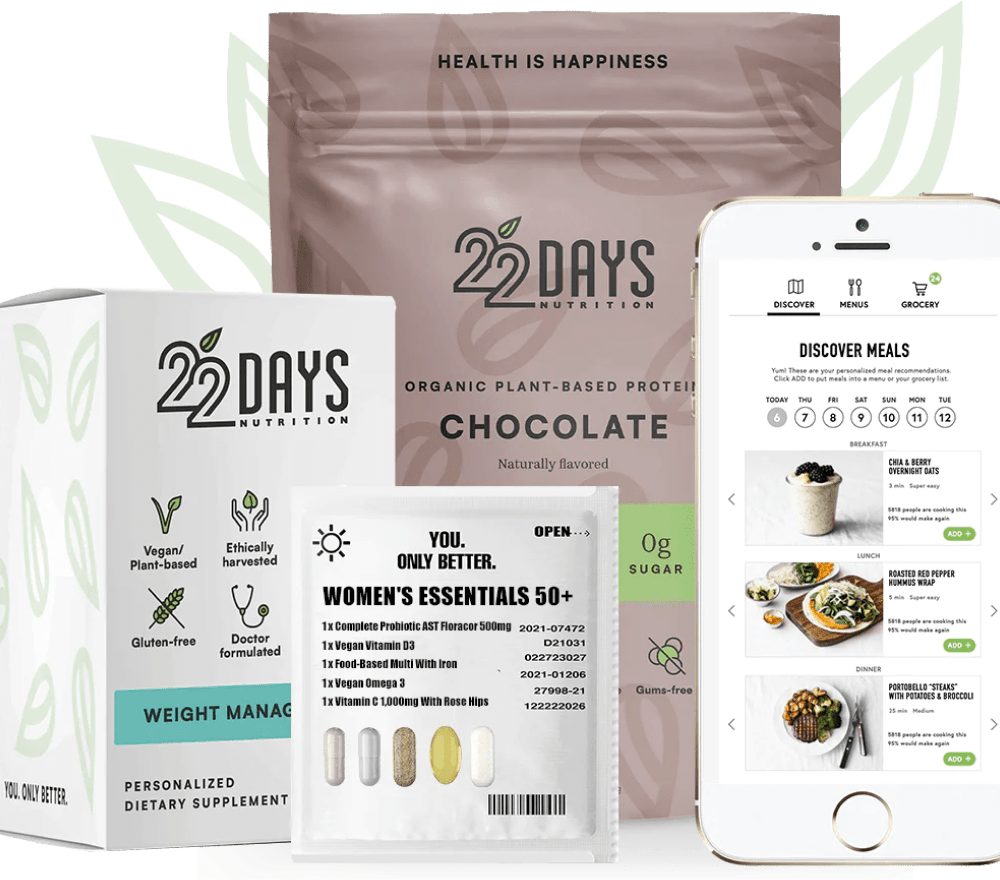Show Your Heart Some Love with a Plant-Based Diet

Your heart is one of the most vital organs in the body, so this February for Heart Disease Awareness Month, how about you show your heart some love by cutting out meat and trying a plant-based diet instead? You’ll be amazed at the results: the prevention (even reversal) of heart disease, lower cholesterol, a lower risk of Type 2 diabetes, and a longer, healthier life. The reasoning is simple: plants have fewer calories, more fiber, and less unhealthy fats per ounce than meat. For one average fast-food meal you can have a huge salad, hummus, beans, shredded veggies, vinaigrette dressing and about six cups of fruit for dessert. That’s a lot more food that you would eat at one meal, so you can see how filling up on plant-based diet gives you more nutrition with a lot less calories.
Getting Started
You can ease into a plant-based diet by replacing one meal per day (or a few per week) with healthier, plant-based options – or you can take the 22 Day Challenge. You can also try eliminating meat but keep a few animal products (such as eggs) until you are ready to move forward. Or, you can eliminate red meat first, then poultry, and finally seafood. What you choose depends on you. You will get more pronounced results with a full plant-based diet over a few meal replacements, but it may be less strenuous for you to make a gradual conversion.
What to Eat
There’s temptation when starting a plant-based diet to start adding in a lot of starches to fill the void: bananas, potatoes, white rice, etc. Try to make a conscious decision to make healthy choices, such as the following:
- Beans and protein: There are a ton of different types of protein sources for plant-based diets, from your standard kidney beans and lentils to lesser-known options such as spinach and sweet potatoes.
- Nuts and seeds: Full of healthy fats and protein, here’s where you can find great snacks as well as additions to salads and side dishes. Try flaxseeds, chia, almonds (and almond milk) as well as pumpkin and sunflower seeds.
- Green veggies: This is where you’re going to find all sorts of healthy vitamins and minerals, as well as fiber. Dark, leafy greens are a priority, but that doesn’t mean you can’t add in some colorful purple kale or mix it up once in a while!
- Fruits and other veggies: Satisfy your sweet tooth with mangoes, bananas, and pears, but also with bright veggies like bell peppers and beets. The more colors, the better.
- Healthy starches: Not all starches are bad, you just have to be conscious of your choices and eat starches that offer a lot of nutrition, such as sweet potatoes, squash, whole-grain and brown rice, quinoa and steel-cut oats.
Don’t forget spices – they not only add flavor, they also add lots of nutritious value. Cinnamon, turmeric, and other bright-colored spices are the best options, but so are garlic and herbs. Finally, try to make healthy drink choices as well – lots of water, herbal and green teas, a bit of juice combined with sparkling water. If you can stick to the plant-based diet for just 22 days you’ll see just how powerful cutting out meat can be for your health. Learn more about the 22 Days Vegan Challenge and Get Started!






